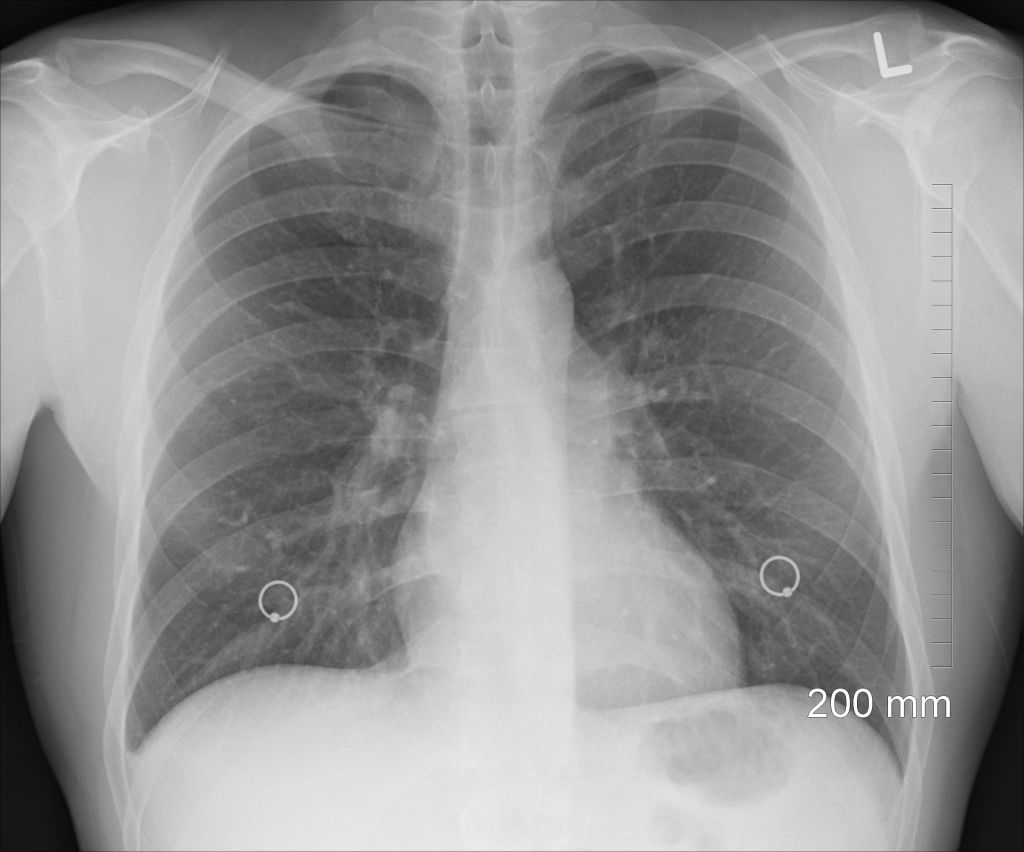Dangers of asbestos
Last Updated on 10 October 2023
The dangers of asbestos
Are you aware of asbestos and the dangers it poses to our health? You’ve no doubt heard of asbestos, but a lot of people are still unaware of just how dangerous this hazardous substance can be.
So in this article, we’ll aim to provide you with some helpful information and facts surrounding asbestos and it’s dangerous effects on people’s health.
To begin with, here are some worrying facts about asbestos here in the UK:-
- Asbestos is the Number 1 cause of work related (occupational) deaths in the UK
- The number of people dying from asbestos related diseases is not yet decreasing in the UK
- There were 2,369 mesothelioma deaths in the UK in 2021. It’s estimated that there were, in addition, a similar number of deaths due to asbestos-related lung cancer.
- The number of organisations and businesses properly managing asbestos in the UK is very low
These facts are very concerning as it shows that asbestos is still prevalent in old buildings, is not being properly managed and the death rate across the UK for asbestos related diseases is barely slowing down, and may not in the short term.
Hence, It’s for these reasons that we want to highlight the dangers of asbestos and how you can go about minimising the risk to your health and others around you.
What is asbestos?
Asbestos is a ‘mined’ mineral which in most cases is added to other products. We usually use the term ACM or asbestos containing material.
Some of these materials have a low concentration of asbestos and some extremely high.
Asbestos was banned in the UK in Late 1999, but the amount of ACM’s left in buildings in the UK is still extensive.
On average, for every 100 properties we survey around the UK, we find some form of asbestos product in almost 90% of them, and that includes domestic property.
Asbestos fibres when disturbed are easily breathed in. This is because the size of the fibre can be measured in microns, thousandths of a millimetre.
Most asbestos you breathe in cannot be seen with the naked eye.
Why is asbestos dangerous?
One of the main dangers comes from having asbestos within the lungs. Granted, some people will breathe in asbestos fibres and not be adversely affected.
Some will breathe in innocuous amounts and it could kill them which is why asbestos is so dangerous.
The World Health Organisation, WHO, say “there is no known safe level of asbestos exposure”. Additionally, according to the World Health Organization, asbestos exposure at work kills 107,000 people annually across the world.
In the UK, The Health and Safety Executive estimates that approximately 5,000 people die each year as a result of asbestos exposure.
Any effects of long-term exposure to asbestos typically don’t show up until 10-40 years after initial exposure. And symptoms of asbestos exposure can vary in severity.
For example, repeated exposure to asbestos can lead to ‘Asbestosis’ which is effectively a scarring of the lungs.
Short, or long-term exposure to asbestos can lead to a disease called ‘Mesothelioma’ which is usually fatal.
This disease is not only the most avoidable type of cancer, it is also the least survivable.
According to the HSE’s figures on death from asbestos exposure, by occupation, the main ones tend to be around construction, with the top three being plumbers, electricians and joiners.
But it’s important to remember that all occupations are susceptible to the dangers of asbestos…..Teachers, cleaners, office staff, actors have all succumbed to Mesothelioma.
A growing problem is ‘secondary exposure’. This is where the victim has been exposed to asbestos through a partner bringing home asbestos on their clothes or a partner washing clothes that contain asbestos.
What can I do to protect myself and others from the dangers of asbestos?
The key to protecting yourself, family, friends, work colleagues, staff, visitors, tradesmen and the general public from the dangers of asbestos is knowing where asbestos is present, in the buildings in which we live and work.
This is where we would recommend having an asbestos Survey carried out on the building to check for the presence of dangerous asbestos containing materials (ACM’s).
Another key in protecting yourself and others from the dangers of asbestos exposure is looking after any asbestos that is found to be present within the building by way of an asbestos Management Plan. This will help to ensure everyone’s safety, providing the management plan is kept up to date and you follow procedures set out in asbestos legislation.
Control of asbestos regulations
The Control of Asbestos Regulations 2012 cover the legal requirements and responsibilities owners, tenants and duty holders must adhere to in order to control and manage asbestos. Unfortunately, many do not comply with the regulations as they are unaware of their responsibilities.
So who is responsible? The person or organisation who has express authority over the upkeep or repair of non-domestic buildings, such as through a contract or tenancy agreement, is indeed the dutyholder.
In the UK, as a duty holder, there is a legal requirement to manage any asbestos in a non-domestic commercial property that you control. However, this does not apply to domestic dwellings. If you go to work in a domestic dwelling however, your employer must protect you from the dangers of asbestos, and this is a legal requirement.
Get in touch for advice
If you’re unsure about how the asbestos regulations affect you or want some advice on how to minimise the dangers of asbestos, then please get in touch and we can help you through the compliance process. Contact us on 0800 141 2676, fill in the form below or email info@rbasbestos.co.uk
As Asbestos Consultants and Surveyors, we do not remove asbestos ourselves, although we are happy to recommend reliable asbestos removal companies. So the best result for you is also the best result for us.



